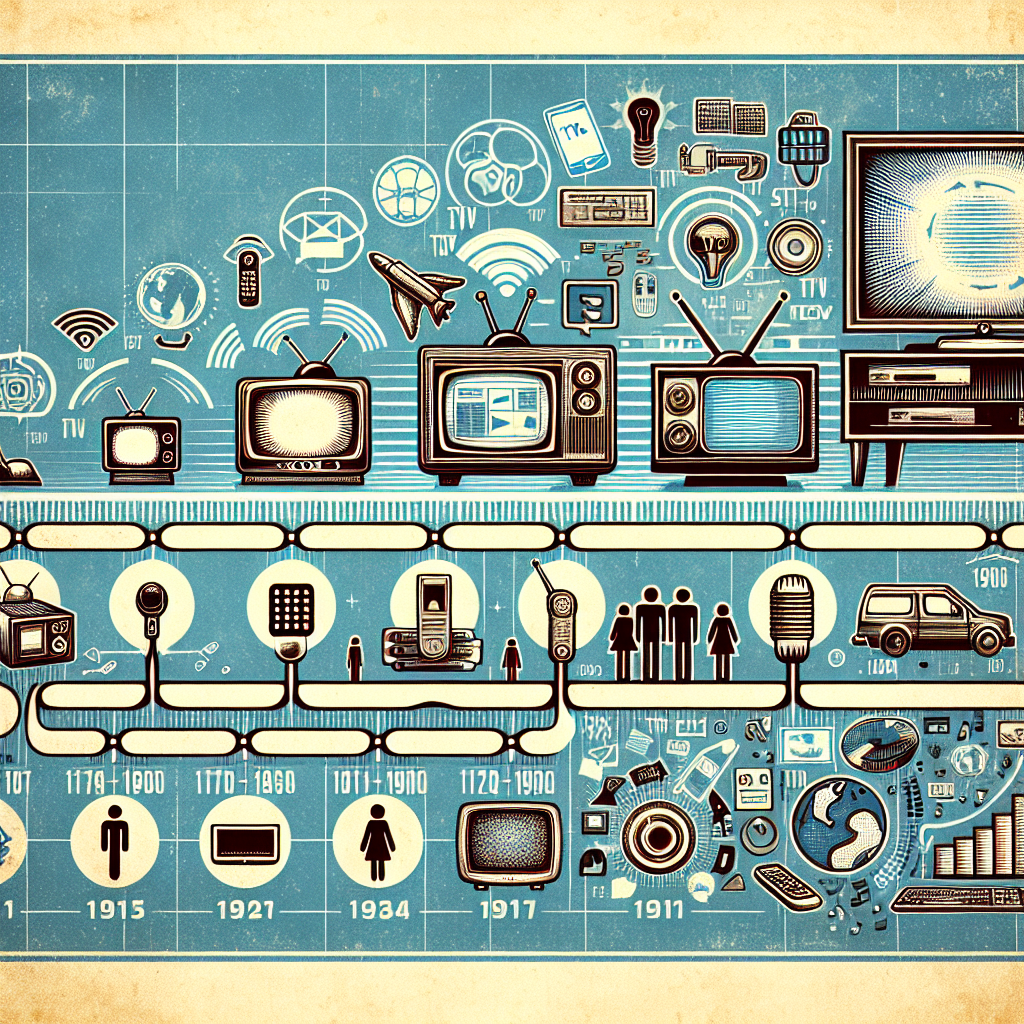The Evolution of IPTV: From Concept to Consumer
IPTV, or Internet Protocol Television, has come a long way since its inception. What was once seen as a futuristic concept is now a mainstream form of entertainment for millions of consumers around the world. But how did IPTV evolve from a mere idea to a widely used service?
The concept of IPTV dates back to the early 1990s when internet technology was still in its infancy. The idea was to deliver television content over the internet rather than traditional cable or satellite methods. This would allow for greater flexibility and interactivity, as well as the ability to offer a wider range of channels and services.
In the early days, IPTV was mainly used by tech-savvy enthusiasts who were willing to experiment with new technologies. However, as internet speeds improved and streaming technology advanced, IPTV began to gain traction among mainstream consumers.
One of the key milestones in the evolution of IPTV was the development of the first IPTV set-top boxes in the early 2000s. These devices allowed users to access IPTV services on their television sets, making it more accessible and user-friendly.
Another major turning point for IPTV was the introduction of on-demand and time-shifted content. This allowed viewers to watch their favorite shows at a time that was convenient for them, rather than being tied to a traditional broadcasting schedule. This feature proved to be a game-changer for IPTV, as it provided users with greater control over their viewing experience.
As IPTV continued to evolve, more and more content providers began to offer IPTV services, further expanding the range of options available to consumers. Today, there are countless IPTV providers offering a wide variety of channels, movies, and shows to cater to every taste and preference.
The rise of smart TVs and streaming devices has also played a significant role in the growth of IPTV. These devices make it easier than ever for consumers to access IPTV services, further increasing its popularity.
Looking ahead, the future of IPTV looks bright. With advancements in streaming technology and the increasing availability of high-speed internet, IPTV is poised to become even more prevalent in the coming years. As more consumers cut the cord and move away from traditional cable and satellite services, IPTV is likely to become the go-to choice for many.
In conclusion, the evolution of IPTV from concept to consumer has been a remarkable journey. What started as a novel idea has now become a mainstream form of entertainment that is changing the way we consume television. With its flexibility, interactivity, and convenience, IPTV is here to stay and will continue to shape the future of television viewing.


Leave a Reply